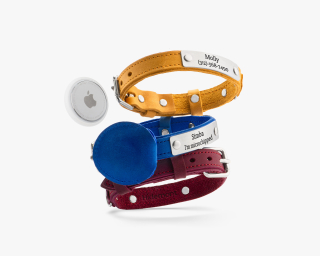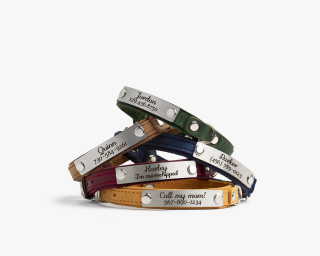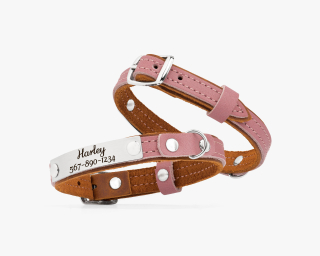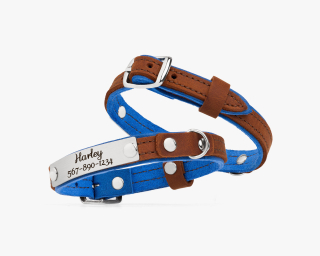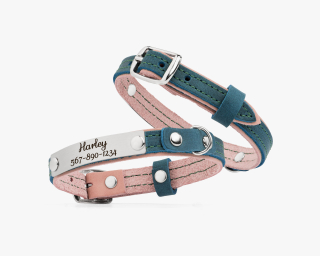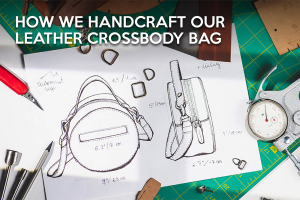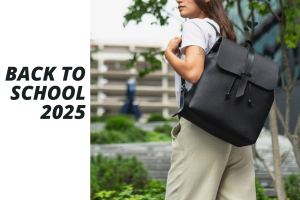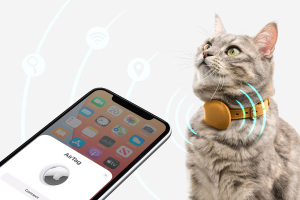How to Prepare Your Cat to a Long Trip
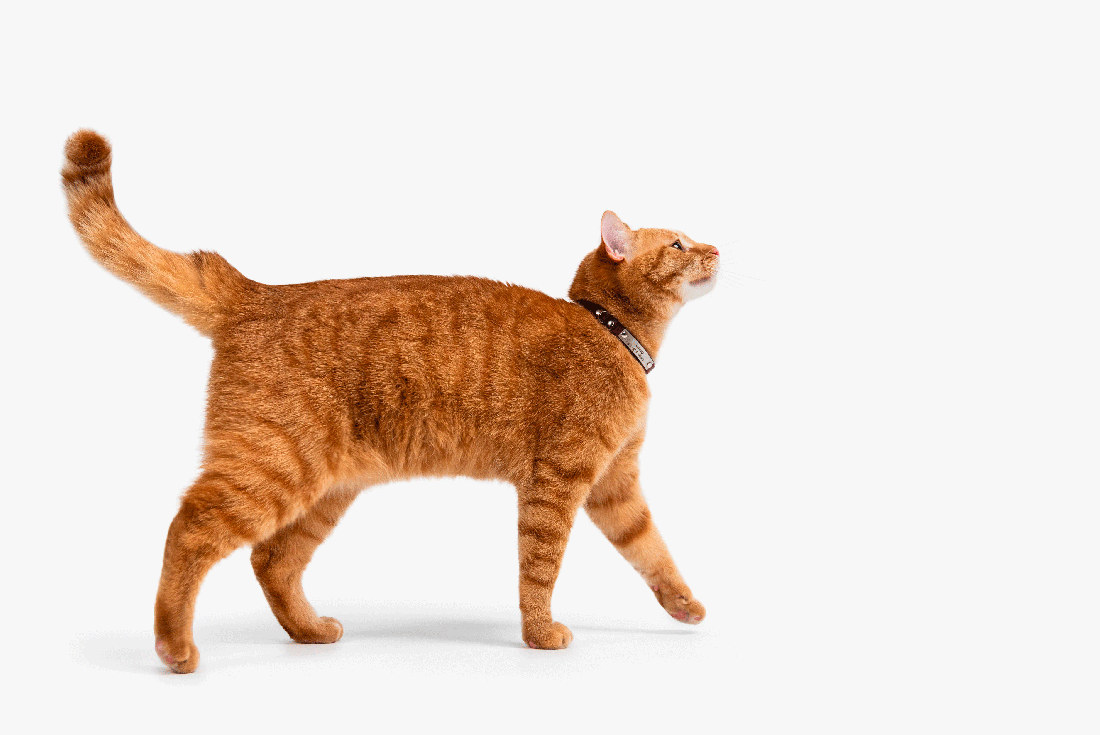
"I always stick to the simple rule of 'traveling light' packing only the bare necessities. My cat" – each feline owner will certainly crack a gentle smile, coming across this meme, scrolling through the reels on social media. However, the fact is that trips with pets have become not a topic for jokes but a common thing. Necessary relocations, vacations, visits to family and friends, or participating in shows often make us concerned about how our pet will cope with the trip.
Traveling with a cat can be challenging, especially when it comes to managing their physical and psychological well-being during a long journey. Despite the difficulty of fully controlling the situation, there are steps you can take to make the trip as comfortable as possible for both you and your feline companion.
This article provides general tips and should not be considered a substitute for professional veterinary advice. We recommend consulting your vet for specific guidance regarding your cat's travel needs.
What makes travel stressful for cats?
- Unfamiliar environment and people around
- Change of scenery (new smells, sounds, and lack of familiar visual landmarks)
- Disruption of the daily routine
- Confinement and limited mobility
- Noise and vibration
- Motion sickness
What can you do to make the journey easier?
- Create comfortable conditions
Get a sturdy carrier with plenty of room inside. Put in a familiar blanket or bed for comfort and security. Bring along your cat's favorite toys and items that smell like home. You might also consider using calming products like pheromone diffusers, sprays, or supplements. Check the carrier is firmly secured in the vehicle to prevent it from moving around while driving. If you can, adjust the temperature inside the vehicle, too.
Ensure that accessories like a collar or harness fit comfortably. Even if you have never used a collar with your cat, it is crucial for travel as it provides identification and safety. Some countries may also require pets to wear collars with identification details such as the cat's name and owner's phone number during transportation. Additionally, it's helpful to learn how to train your cat to wear a collar.
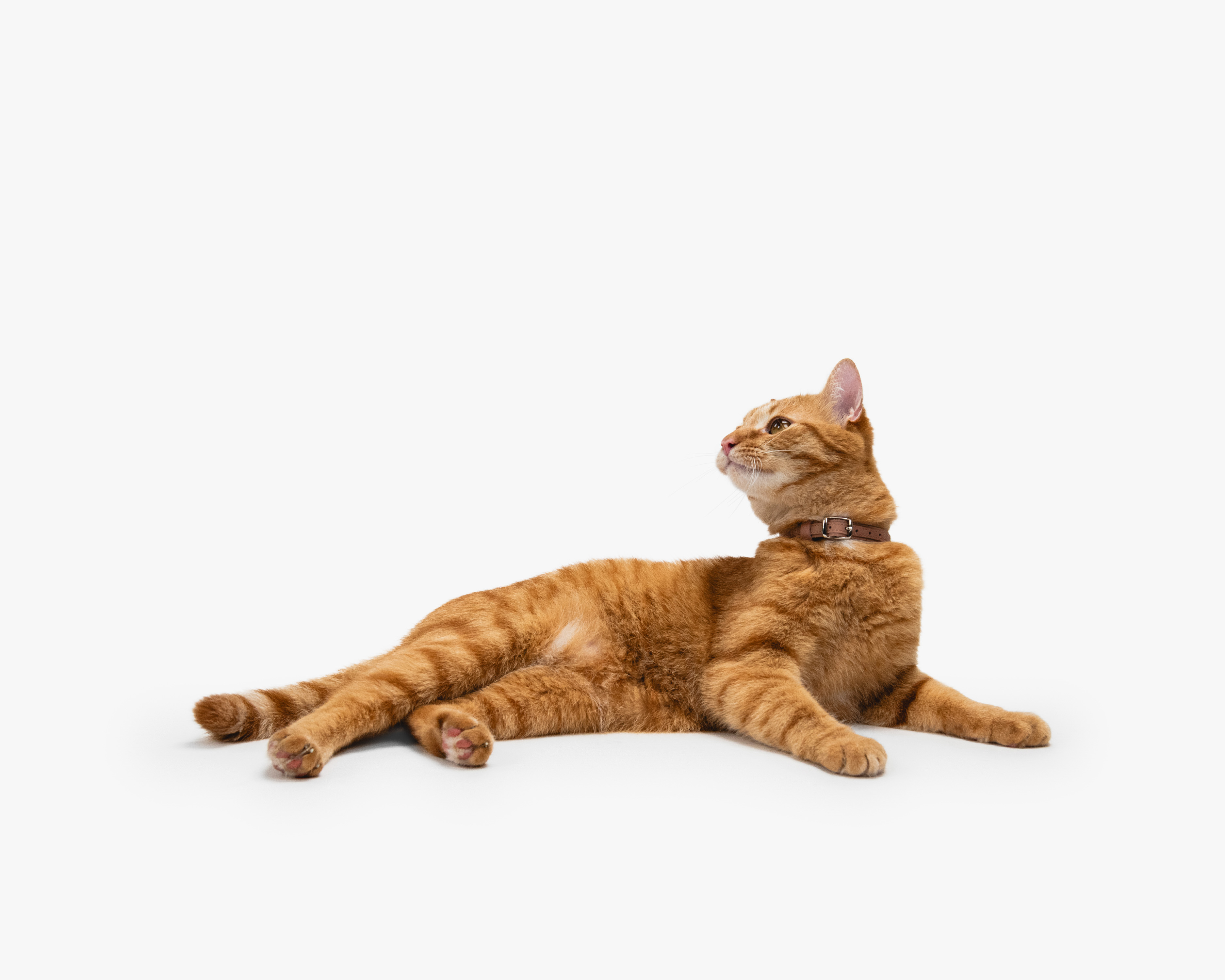
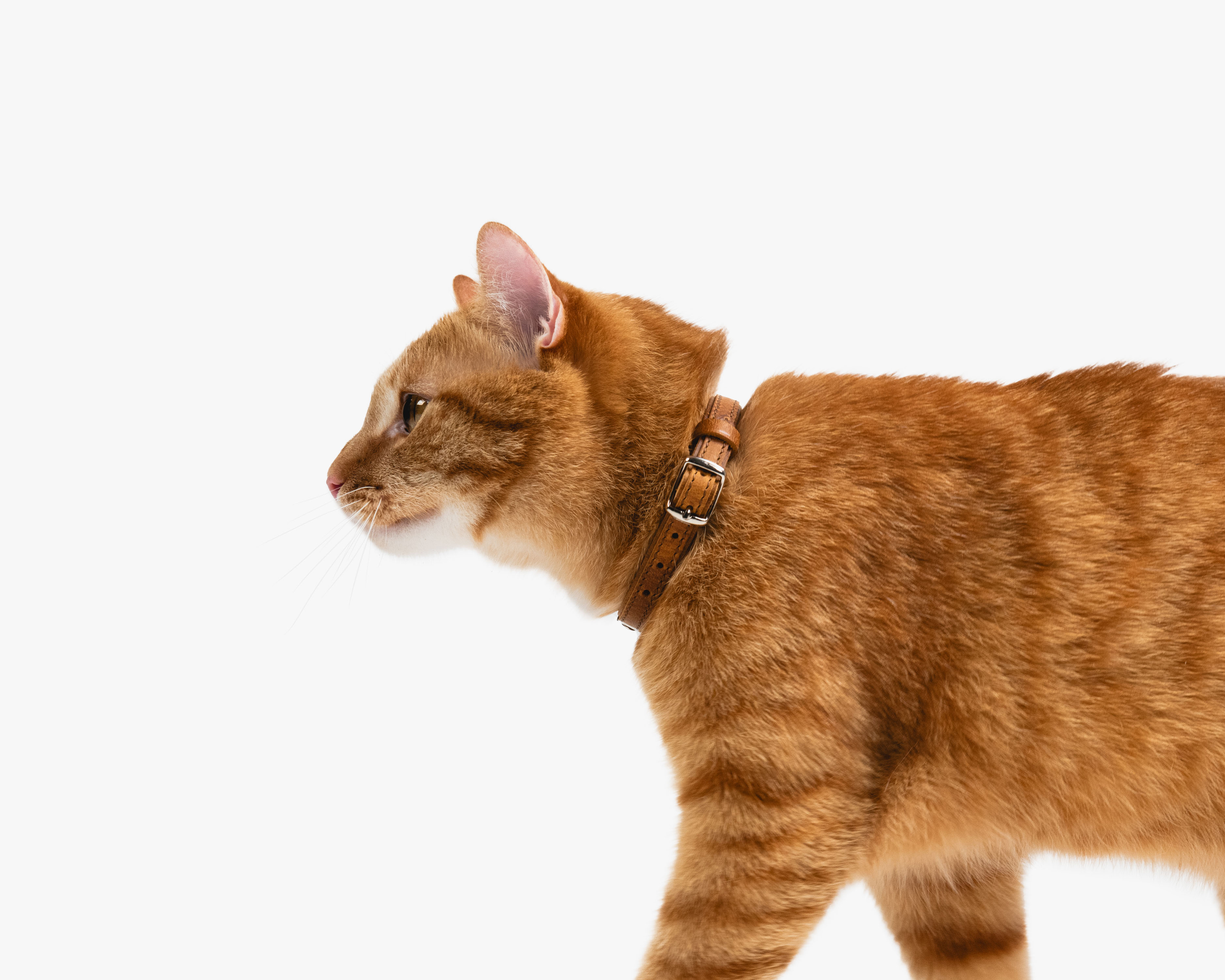
Hidemont leather collars are crafted from high-quality, non-toxic materials and hardware, making them an ideal choice for travel and daily wear. Our classic collars with belt buckles are gentle on the skin, preventing itching or allergic reactions while remaining lightweight around the neck. The convenient belt buckle allows easy adjusting to ensure a comfortable fit without choking or slipping off. Additionally, a loop is incorporated to secure the end of the strap and prevent any discomfort for your cat. Find out more tips on choosing a cat collar.
- Ensure the safety of your kitty
A change of scenery can disrupt your usually calm cat's behavior on the road. It's vital to have a microchip or collar with an ID tag for your cat in case it gets lost, scared and decides to run away.
Combining comfort, safety, and aesthetic appeal, we have handcrafted cat collars with personalized nameplates in unique designs. The stainless steel nameplate features laser engraving to ensure long-lasting visibility. Besides, the securely riveted plate prevents it from hanging down or swaying on the chest while reducing the risk of getting dirty, damaged, or snagged on something during movement. It helps prevent your cat from wandering around without proper identification marks. If you’re looking for an extra layer of security, we also offer a leather AirTag-compatible cat collar — combining a laser-engraved ID plate with real-time tracking to help ensure your cat is never out of sight or unidentified. Learn more about how it works and why it’s worth it in our dedicated article about the AirTag cat collar.
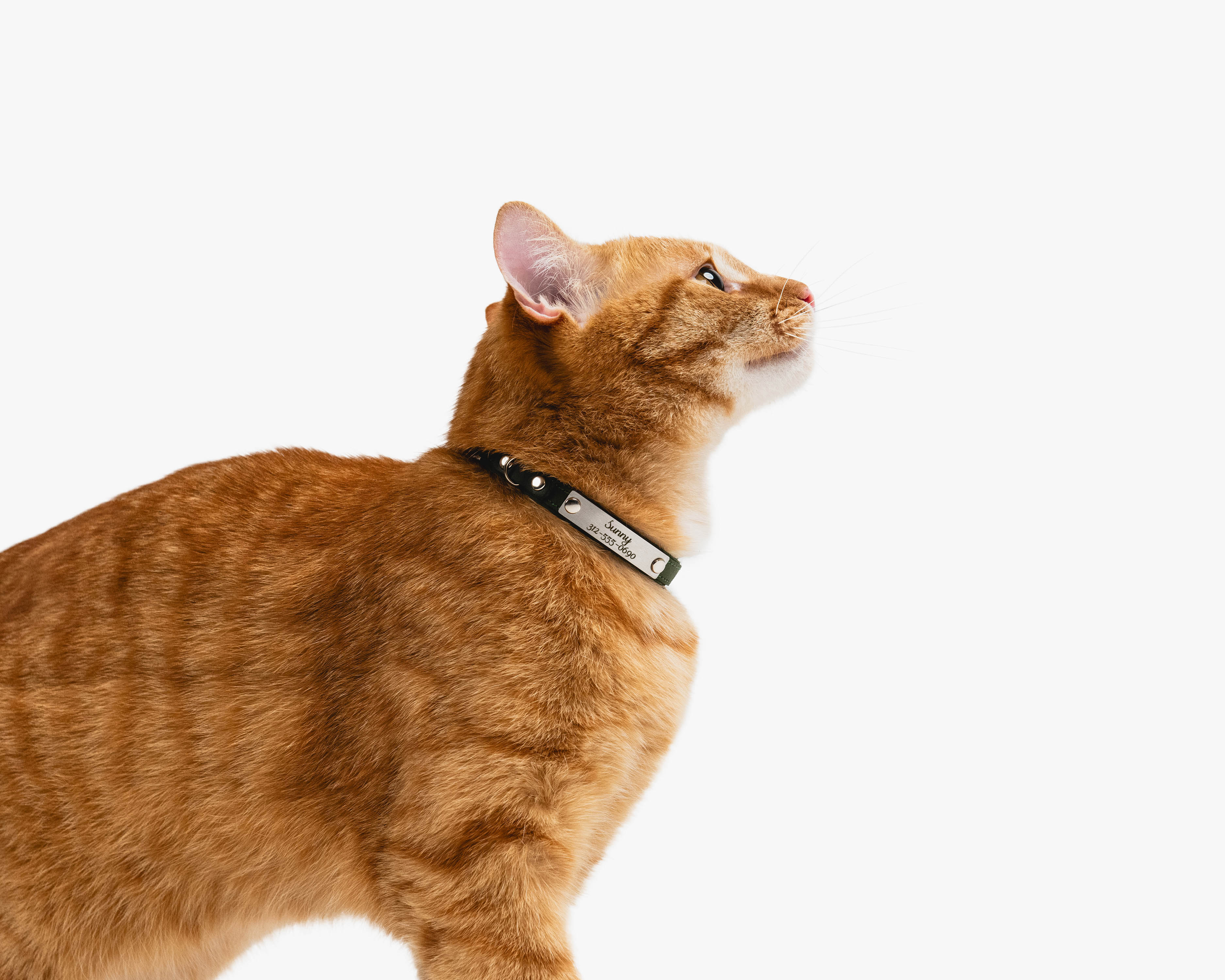
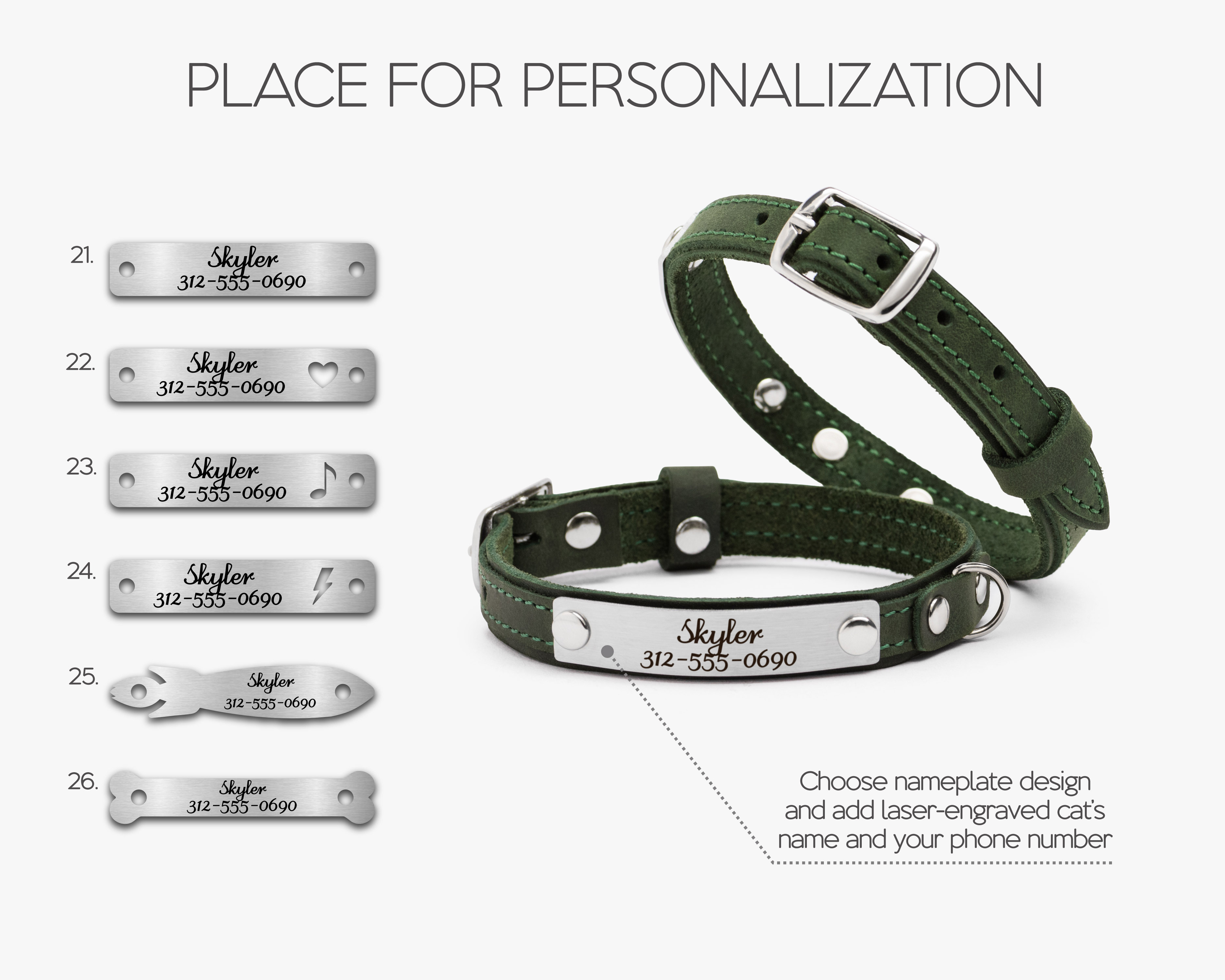
Ensure not to leave your pet unattended and attempt to limit their freedom of movement in the vehicle.
- Pack essentials
Before your trip, prepare a list of items you'll need and double-check to have them on hand. Bring sufficient food, treats, and water, a collapsible bowl, a portable litter box, and litter. Don't overlook the importance of napkins, a basic first-aid kit, and a health certificate.
By the way, our store offers a range of universal leather accessories for organizing items on the go, which you can use to transport things for a cat, such as cosmetic bags or travel toiletry bags available in various sizes and colors, as well as stylish and wear-resistant leather passport covers in functional designs. And if you’re looking for a hands-free option to carry everything at once, don’t miss our leather fanny pack crossbody bag — a practical and stylish way to keep all your essentials close while staying mobile.
- Make regular breaks
To minimize stress levels, it's better to stick to the pet's usual routine by taking breaks for food and the bathroom when the cat is used to them. It will also give your energetic pet a chance to stretch its legs.
Our collars have another advantage over others on the mass market: they have a solid D-ring. It allows you to attach a leash, making walks much more pleasant for both of you.
Before traveling, it's also a good idea to:
- Acclimate your cat to the carrier by allowing them to get used to it in advance. Start by placing the carrier at home with the door open and encouraging your pet to become familiar with it, using treats and toys.
- Schedule a visit to the vet to discuss vaccinations, special medical requirements, and your pet's overall health, and receive guidance on essential medications, nutrition, and general care.
- Check the legal requirements for bringing pets into the country and when traveling abroad. When traveling by plane, confirm the carrier dimensions and other requirements provided by the air carrier.
- Confirm that the hotels or accommodations where you plan to stay have a pet-friendly policy.
To sum up
Traveling with a cat may require extra effort, but the time spent together is priceless. With the right preparation, care, and attention, you can make your furry friend's journey comfortable and safe by observing their behavior and paying attention to their needs.



